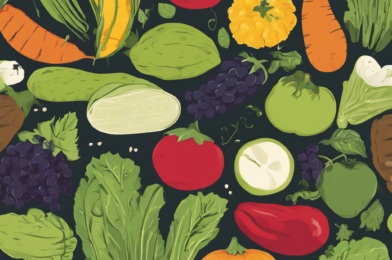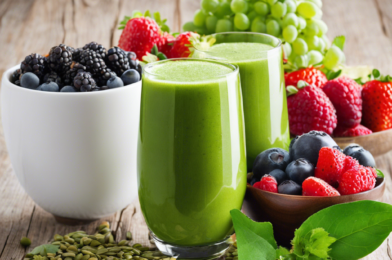Eating seasonally and opting for locally sourced produce offer myriad benefits for both your health and the environment. As the seasons change, so too should our diets, reflecting the bounty of each unique time of year.
There was a time when humans inherently ate with the seasons. Before industrialized agriculture and global trade, we foraged and cultivated what we could, preserving the surplus to sustain us through barren months. Today, we have the luxury of year-round abundance. Yet, with this convenience, we’ve lost touch with the natural rhythm of food. It’s time to rediscover the benefits of seasonal eating and the vital role local produce can play in our health.
Seasonal produce is picked at its peak, ensuring a bounty of vitamins, minerals, and antioxidants. For example, the summer sun boosts the production of cancer-fighting lycopene in tomatoes, while the cold induces an extra dose of immunity-boosting vitamin C in citrus fruits. Eating with the seasons means your body receives the precise nutrition it needs. Nature’s timing is impeccable; embrace it.
Local produce is also a boon for your health due to its freshness and shorter travel distances. The closer you are to the source of your food, the more nutrients you consume. Traveling shorter distances means less time from farm to table, resulting in more nutrients on your plate. Local produce is often grown using sustainable practices, ensuring the soil is rich in minerals, which translates to more nutritious meals for you.
Shorter travel times also reduce the need for preservatives and artificial ripening agents, which can be detrimental to our health. The modern food system’s reliance on these additives has been linked to a host of health issues, from gut problems to allergies. Opting for local, seasonal produce reduces these risks and improves your overall health.
Eating locally supports small-scale farmers who employ sustainable and ethical farming practices. These farmers are custodians of the land, employing methods that protect the soil, conserve water, and promote biodiversity. By choosing locally sourced produce, you are voting with your wallet for an agricultural model that is kinder to the Earth and more resilient for future generations.
Seasonal eating also encourages culinary creativity and a deeper connection to food. Embracing the variety of each season adds excitement to your palate and inspires experimentation in the kitchen. From preserving the harvest through canning and pickling to crafting hearty stews and vibrant salads, seasonal eating invites a celebration of food that engages all your senses.
In a world where convenience and global accessibility have become the norm, let’s reclaim our health and the health of our planet by embracing the simple yet powerful act of eating with the seasons. Support local farmers, nourish your body with nutrient-dense foods, and delight in the unique flavors and experiences that each changing season brings.






